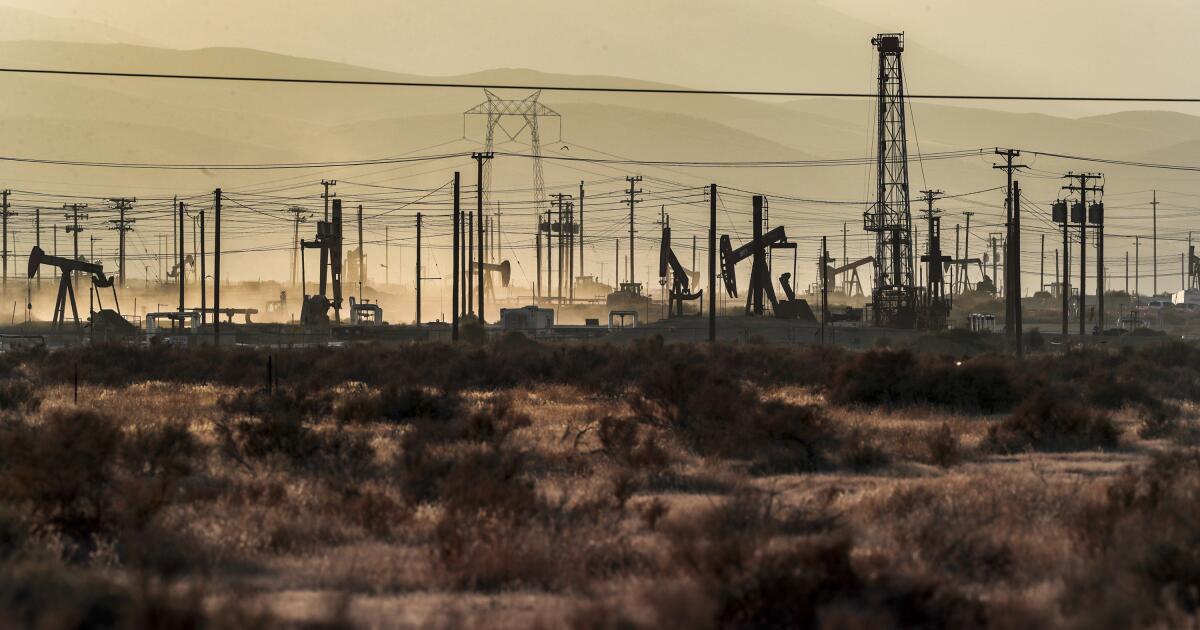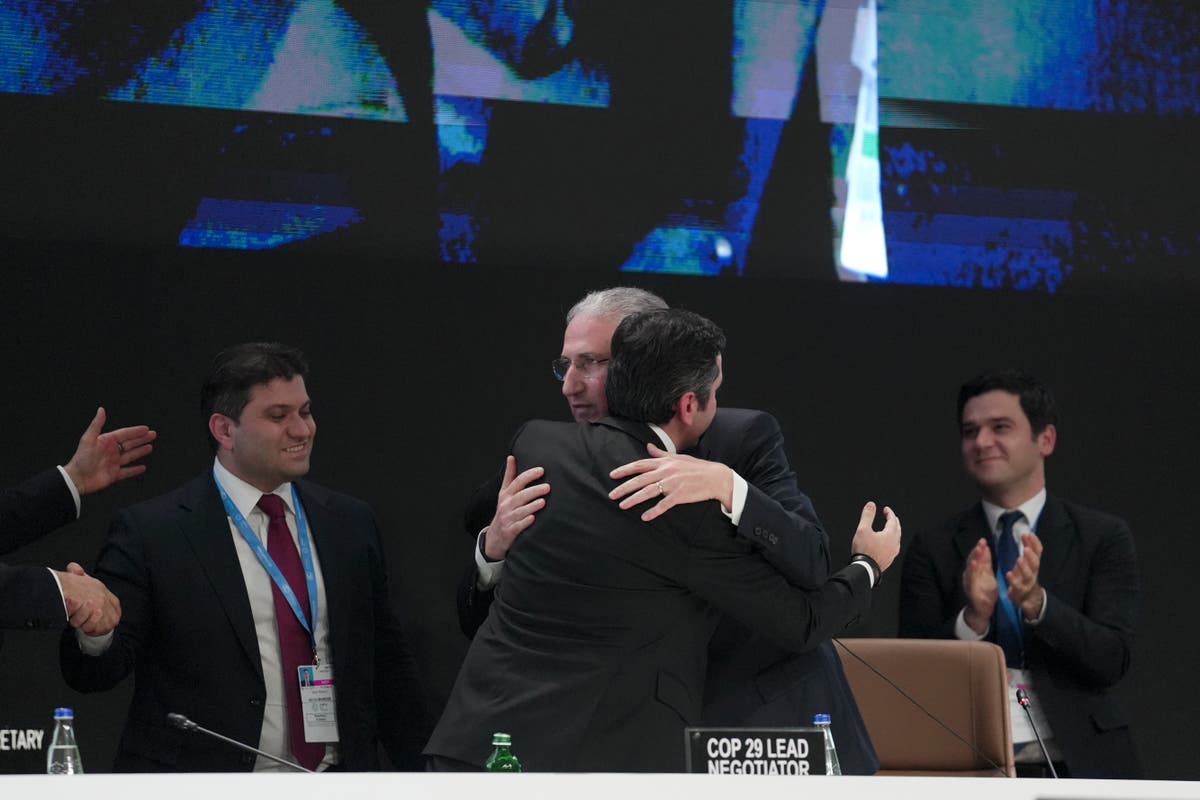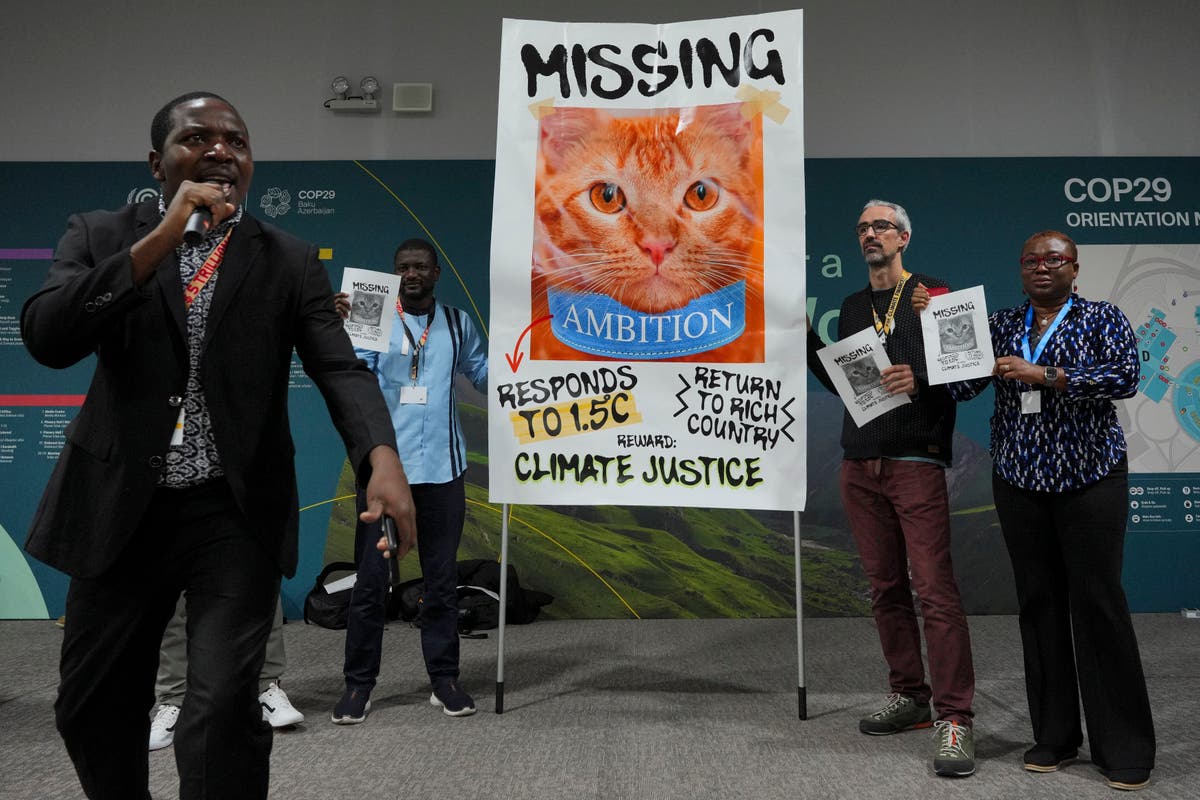
New climate deal spurs hopes of more carbon storage projects
Associated Press— The rolling prairie lands of northeastern Wyoming have been a paradise of lush, knee-deep grass for sheep, cattle and pronghorn antelope this summer. So far, removing carbon dioxide from power plant smokestacks and pumping it underground hasn’t been feasible without higher electricity bills to cover the technique’s huge costs. “We can ground truth our simulations.” McLaughlin’s team also does a lot of lab work on carbon sequestration back at the University of Wyoming School of Energy Resources in Laramie, studying on a microscopic scale how much carbon dioxide different sandstone layers can hold. Eventually they want to advance to carbon dioxide captured from the smoke plume at nearby Dry Fork Station, using a technique developed by California-based Membrane Technology and Research, Inc. WYOMING’S CARBON DREAMS With an eye toward carbon storage, Wyoming in 2020 became one of just two states, along with North Dakota, to take over from the U.S. Environmental Protection Agency primary authority to issue the kind of permit McLaughlin and his team will need to pump large volumes of carbon dioxide, pressurized into a high density “supercritical” state, underground. But to defray costs, NRG Energy’s Petra Nova coal-fired power plant outside Houston sold its carbon dioxide to increase local oil production.
History of this topic
)
COP29 seals deal on global carbon credit trading after years of debate
Firstpost
Nearly 500 carbon capture lobbyists granted access to Cop29 climate summit
New Indian ExpressOfficials announce two new carbon removal sites in northwest Louisiana
Associated PressPressure builds for charge on global shipping sector's CO2 emissions
The Hindu
Will storing CO2 in old oil fields slow global warming? First California plan nears approval
LA Times
Carbon capture, storage emerge as a contentious issue after COP28 meet
Hindustan Times
The U.S. has a controversial plan to store carbon dioxide under the nation's forests
NPR
The government may store carbon dioxide under the nation's forests
NPRGeoengineering is not a quick climate fix, but a costly gamble
The Hindu
How the Biden administration is pouring billions into technology that sucks carbon from the air
LA Times
What is carbon capture? How the UK government plans to slash the amount of CO2 being released into the atmosphere by catching it and storing it under the North Sea
Daily Mail
Carbon capture might finally work but taxpayers must not be burdened unnecessarily
The Telegraph
It’s boom time in the Midwest for carbon dioxide pipelines — thanks to federal tax credits
Raw Story
EU plans strategy to scale up investment in capturing CO2 emissions
The Hindu
每日一词∣百万吨级二氧化碳封存工程 offshore million-tonne carbon storage project
China Daily
Biden administration invests in carbon capture, upping pressure on industry to show results
Associated Press
Global carbon dioxide removal totals 2 billion tonnes per year: Report
India Today
The Great Carbon Con Is Coming to an End
Wired
Shell and other companies look to carbon capture and storage
China Daily
California hopes to fight global warming by pumping CO2 underground. Some call it a ruse
LA Times
Carbon removal technologies to get $3.5B federal investment
Associated Press
Battle over carbon capture as tool to fight climate change
Associated Press
What is carbon capture and storage, and could it help halt the climate crisis?
The Independent)
Carbon capture and storage: Where should the world store CO2? It’s a moral dilemma
Firstpost
Can carbon capture facilities reverse climate change?
Al Jazeera
Our photos and emails are silently releasing tonnes of carbon, new report says
The Independent
Have we solved the carbon capture conundrum?
The TelegraphUK hopes to restore C02 supply to food industry within days
The Hindu)
World's largest carbon dioxide capturing plant starts in Iceland
Firstpost
Carbon storage offers hope for climate, cash for farmers
Associated Press
A Midwest pipeline promises to return carbon dioxide to the ground
Salon)
World Carbon Dioxide Emissions Drop 7% in Pandemic-hit 2020
News 18
World carbon dioxide emissions drop 7% in pandemic-hit 2020
Associated PressDiscover Related













)


)

























